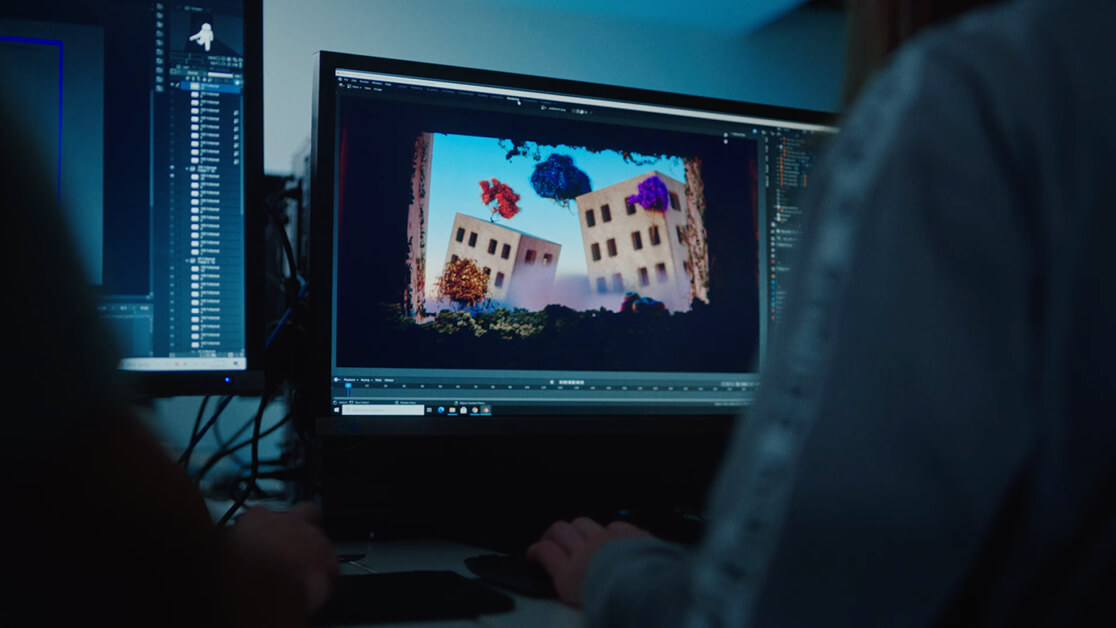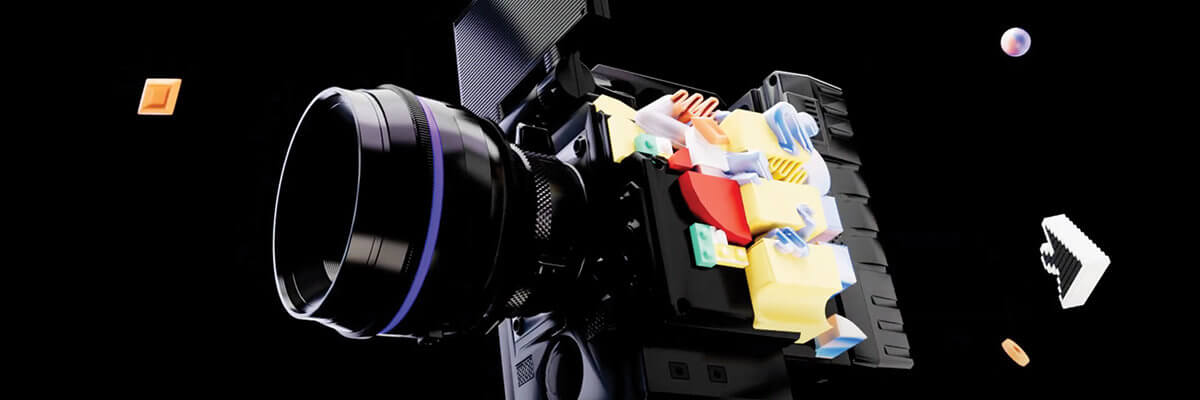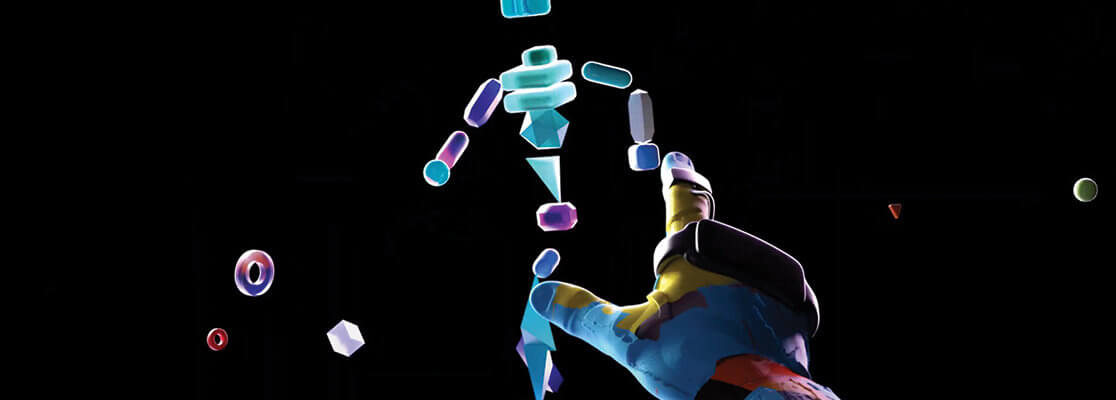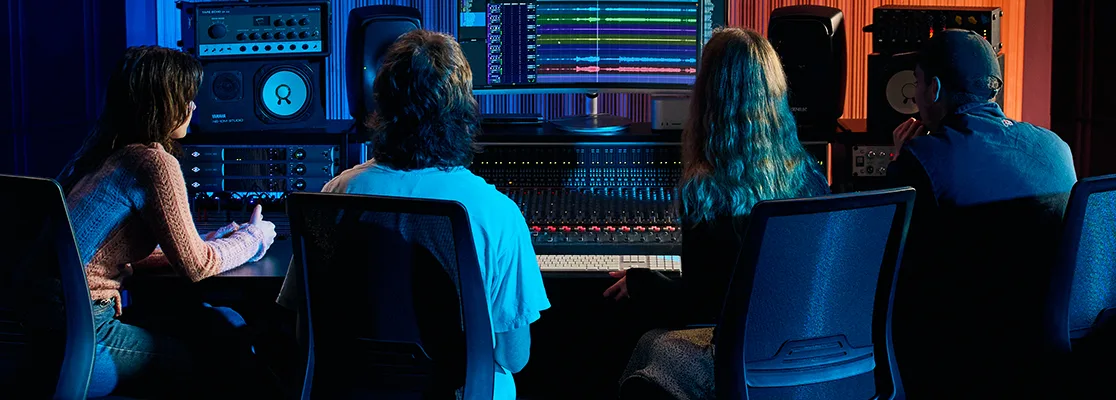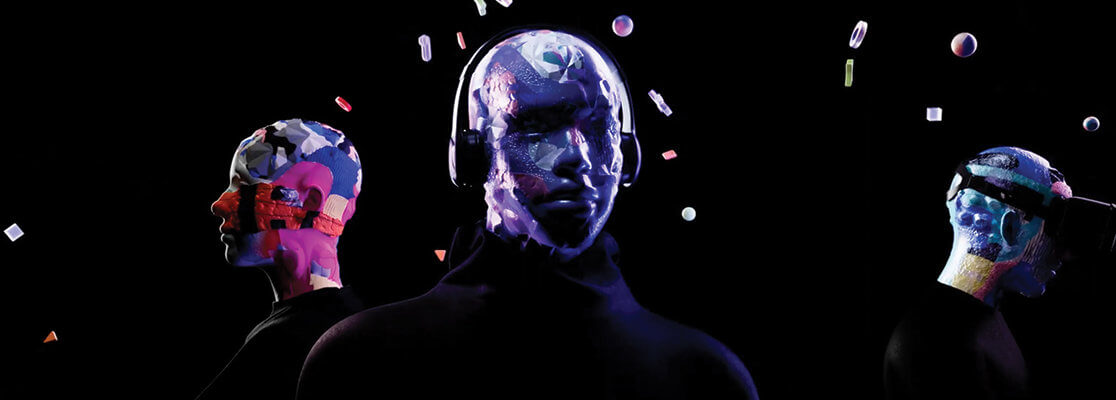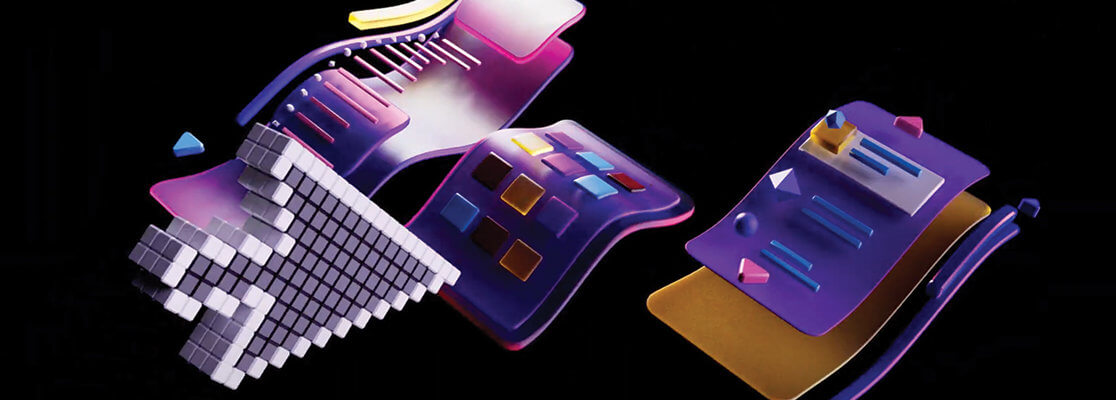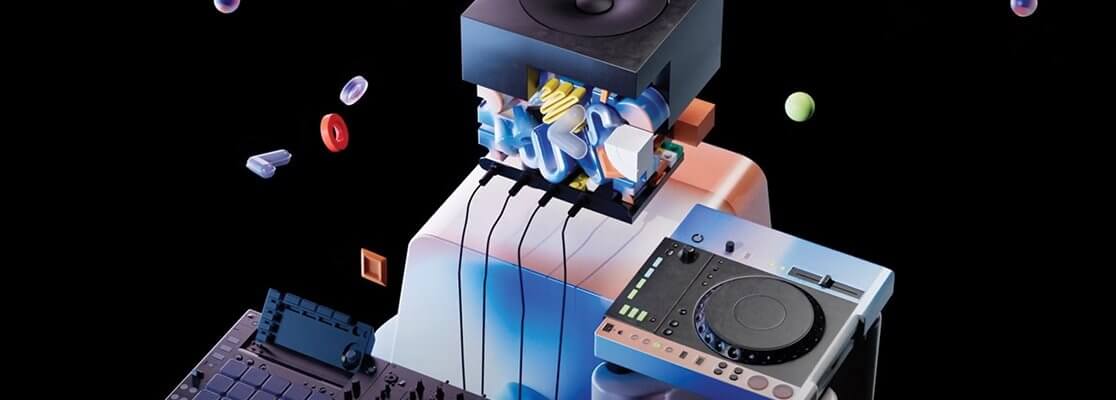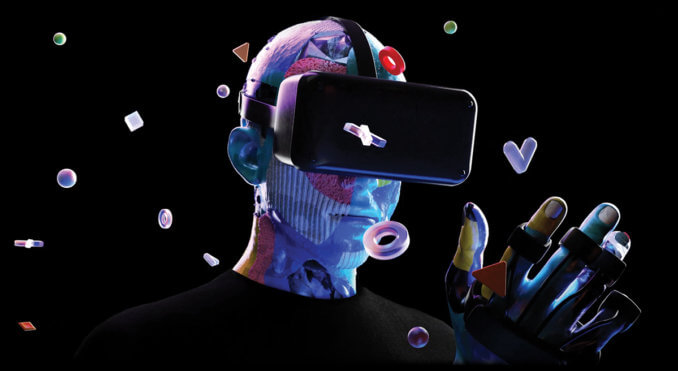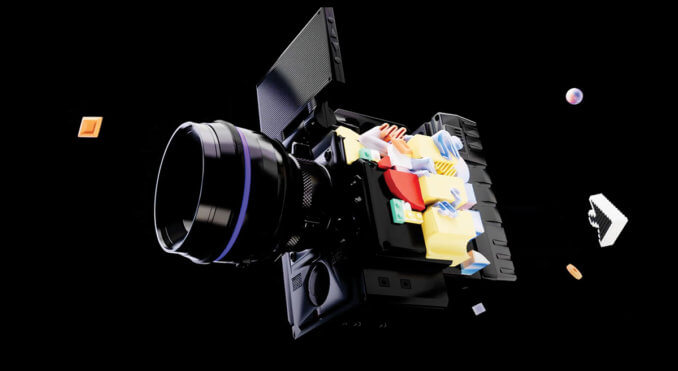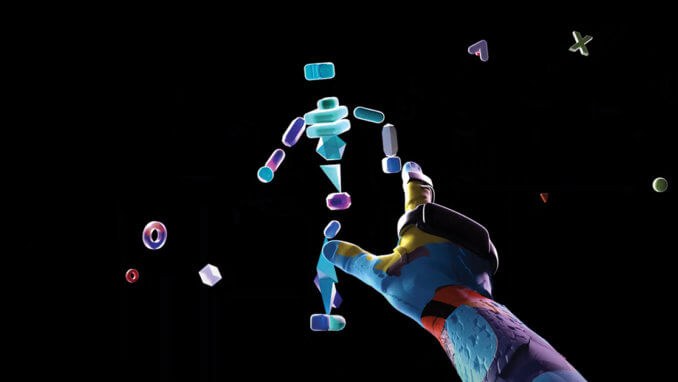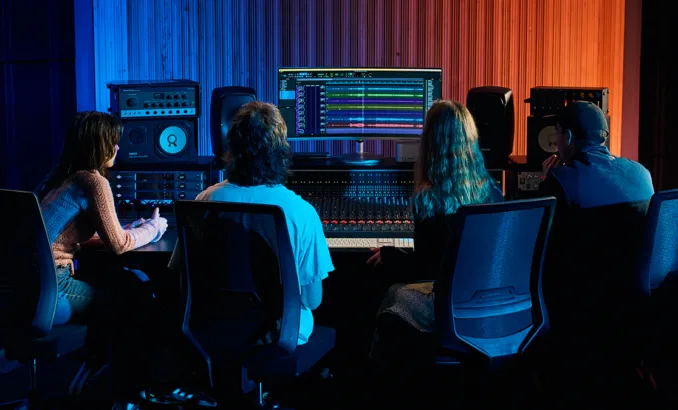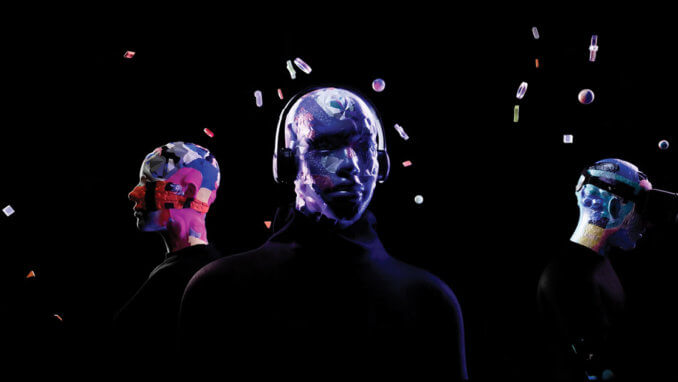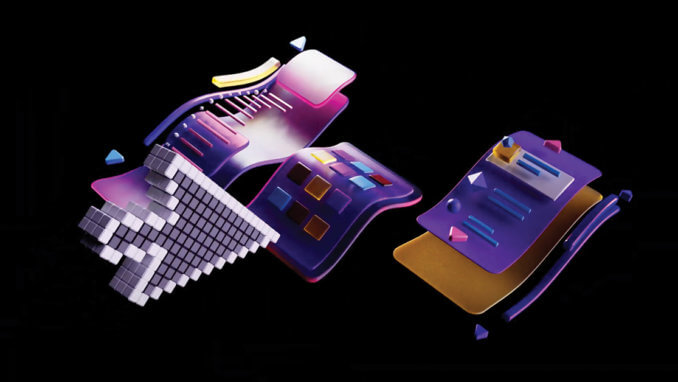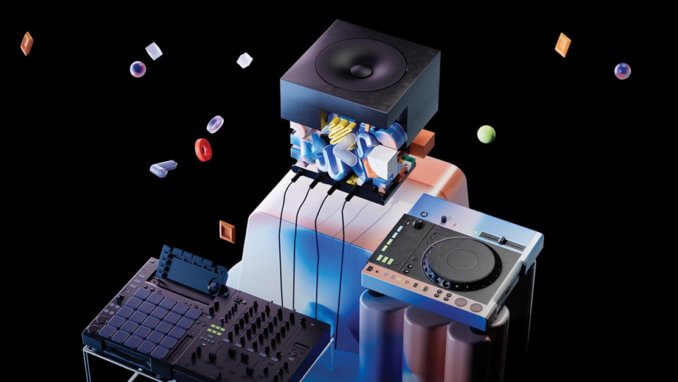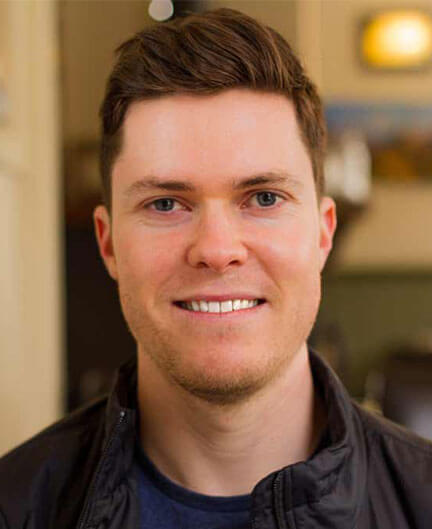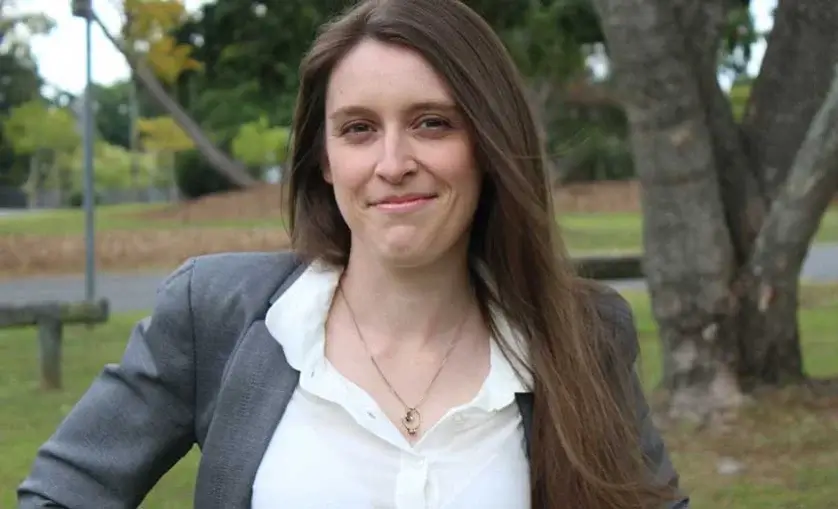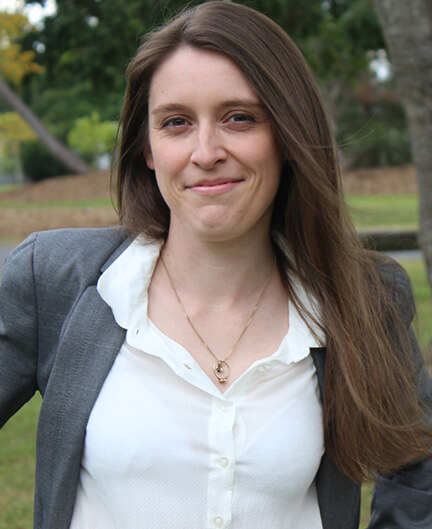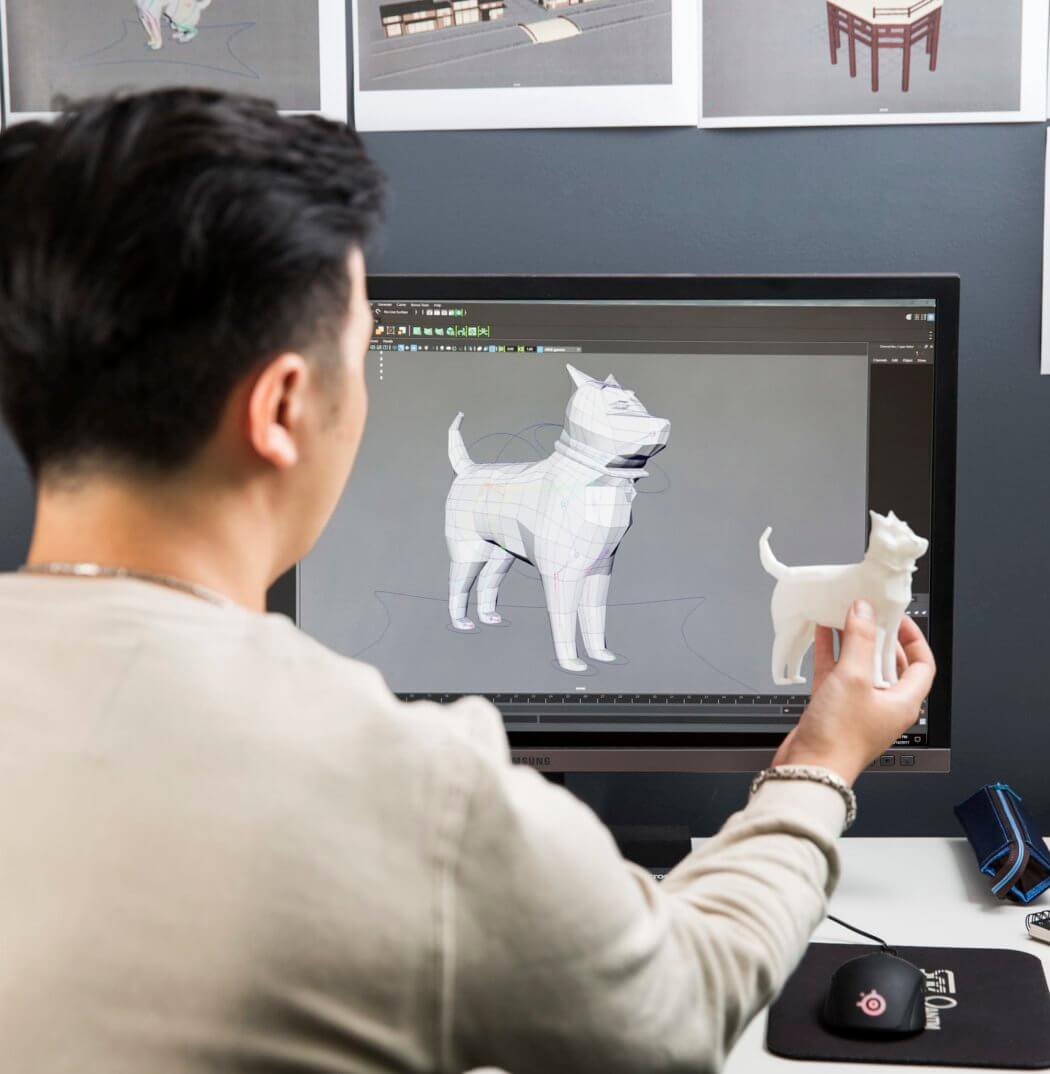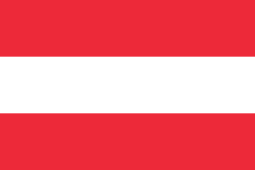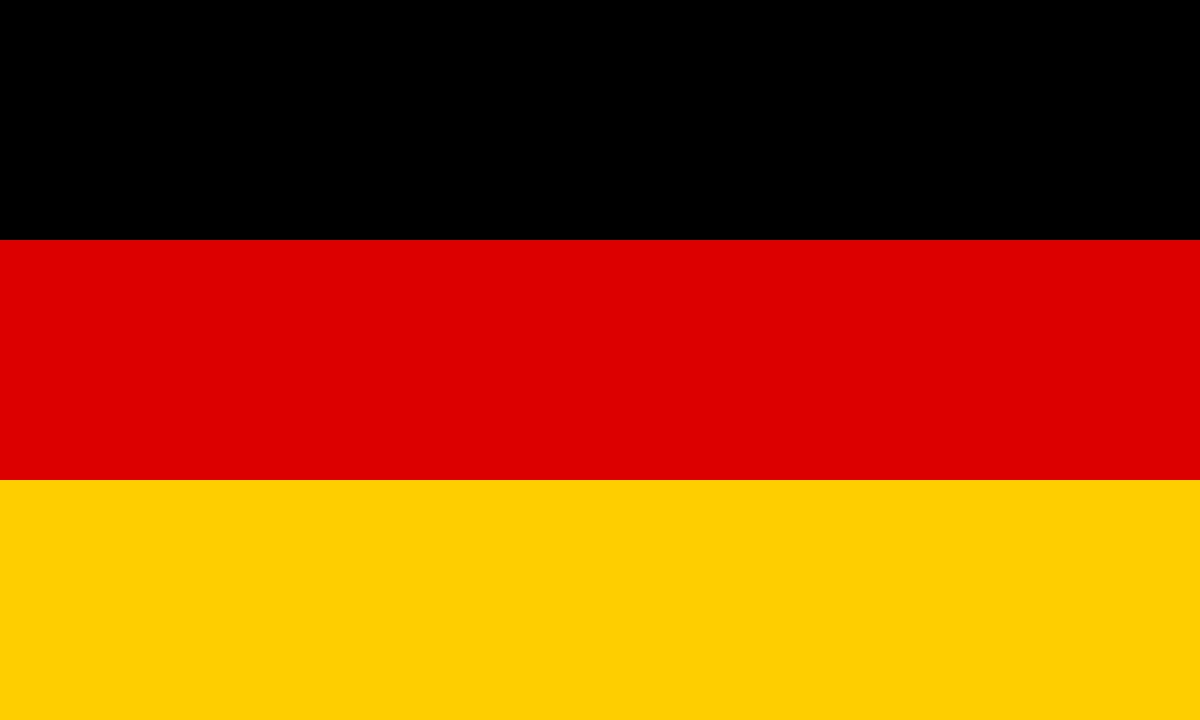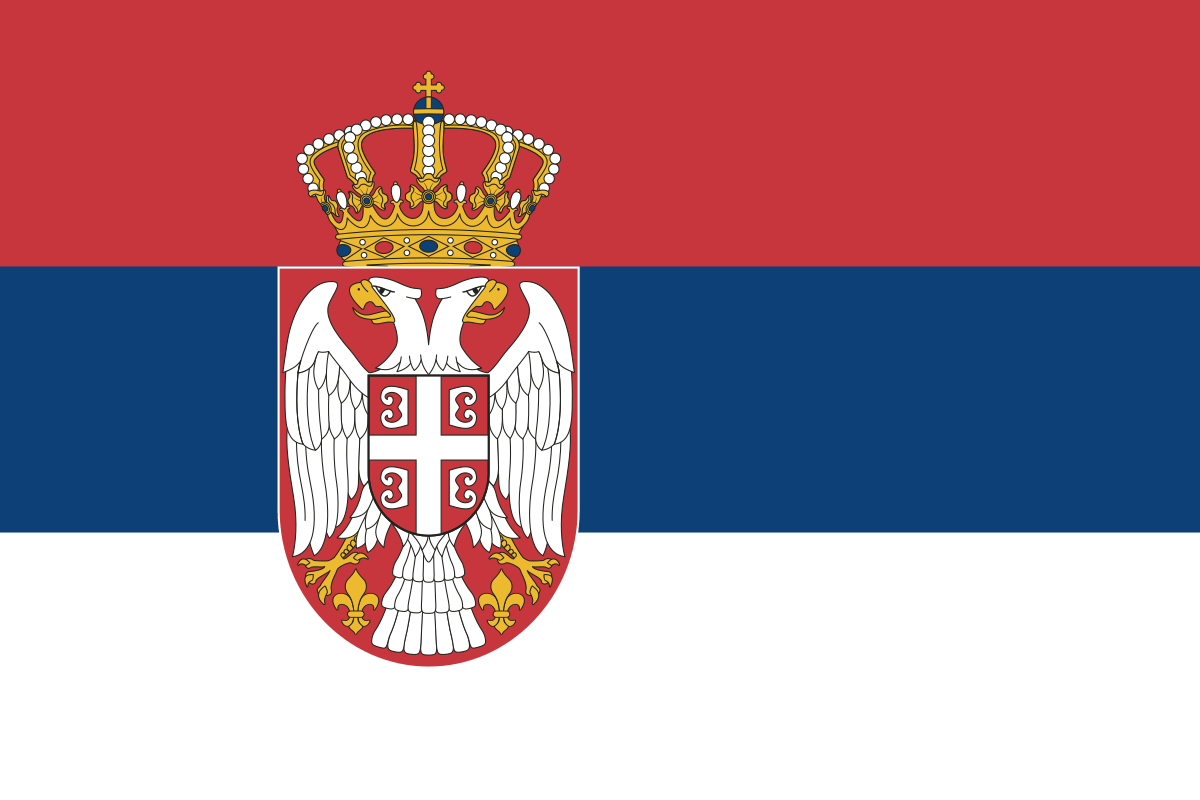Associate Degree of Animation
BRING THE WORLD OF YOUR IMAGINATION TO LIFE.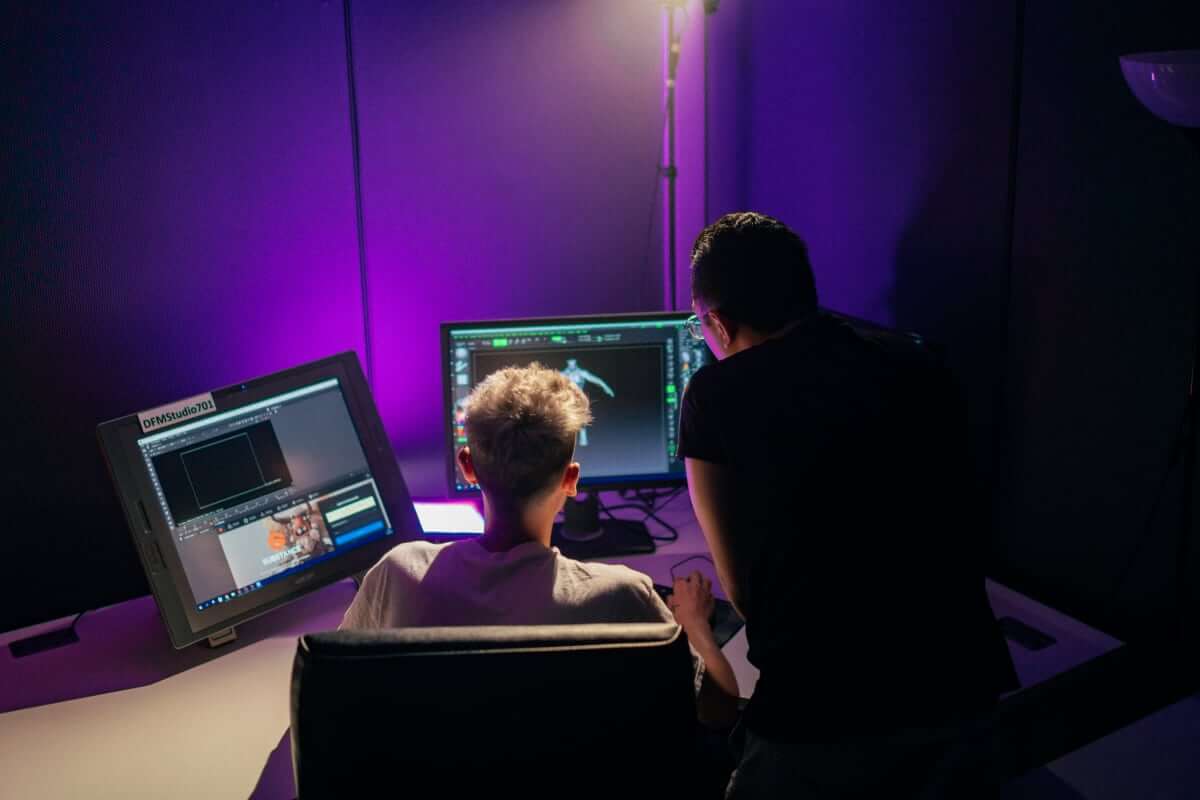
Units x Costs ($AUD)
4 x $3,807
4 x $2,728
1 x $5,456
2 x $8,184
Indicative Total Course Fee*
$47,964 AUD
Plus Student Services and Amenities Fee (SSAF)
* The Indicative Total Course Fee & Indicative Annual Course Fees reflects that students are charged fees on a per unit basis and the fee for a unit may increase.
For more information view the SAE Fee Schedule or visit the Fee & Payment page.
Units x Costs ($AUD)
4 x $4,439
4 x $3,178
1 x $6,356
2 x $9,534
Indicative Total Course Fee*
$55,892 AUD
Plus Student Services and Amenities Fee (SSAF)
* The Indicative Total Course Fee & Indicative Annual Course Fees reflects that students are charged fees on a per unit basis and the fee for a unit may increase.
For more information view the SAE Fee Schedule or visit the Fee & Payment page.
Complete your course faster by studying units over 15 months. (4 trimesters)
Complete your course faster by studying units over 15 months. (4 trimesters)
Whilst still classified as a full-time study load, you will complete the units over two years. (6 trimesters)
If you want to take a little longer, that’s ok too. We’ll help you work out the best study load to suit your needs.
Note: Part-time is not available for international students.
September 2024
February 2025
May 2025
September 2024
February 2025
May 2025
September 2024
February 2025
May 2025
September 2024
February 2025
May 2025
September 2024
February 2025
May 2025
September 2024
February 2025
May 2025
ASSOCIATE DEGREE OF ANIMATION
Animation is pure imagination. Few industries allow you to mix art and technology to create what has never been seen before. Animation is also a profession where technical expertise and application are as important as raw talent, and this is where SAE comes in.
Our associate degree is all about building your character and credentials by giving you hands-on experience in a broad range of topics related to the Animation and Computer Graphics industries, such as:
- Character Animation (2D/3D)
- Visual Storytelling
- 3D Modelling & Computer Graphics
- Applying Focus To An Industry Specialisation Role (e.g. Animator, Illustrator, 3D Artist, VFX Artist, Rigger, 3D Character Artist)
As a student of Animation at SAE, we offer small focussed classes and mentoring opportunities you may not find in a larger university. Develop and apply advanced techniques and strategies to use industry software like Autodesk Maya, Autodesk 3ds Max, ToonBoom Harmony, Substance Painter, Unreal Engine 5, SideFX Houdini, Foundry Suite, Pixologic ZBrush and Adobe Creative Suite – to help bring your ideas to life.
Your growth and development as a creative practitioner will be assessed through the completion of industry-based projects. This will help you build a body of work and a portfolio to share with potential employers or first clients.
In preparation for an industry that commands agility and adaptability, you’ll cut your creative teeth on projects in partnership with your course peers. As your skills develop and you work on more dynamic projects, you’ll apply your capabilities to cross-discipline projects. By the end of your course, you could be collaborating with fellow students across all SAE disciplines.
With an Associate Degree of Animation, you’ll be ready for cutting-edge industry roles using modern creative production concepts and strategies. Career options include 3D Asset Modeller, Junior Assembly & Layout Artist, Junior Rigging TD, or Surfacing Artist.
Ultimately, a qualification from SAE in Animation will expand your career. As part of your course, you will be provided practical experience and work with others to help build your network. We’ll also equip you with employability skills, giving you professional strategies in communication and self-promotion.
Activate your dream career in Animation and make it a reality with SAE.
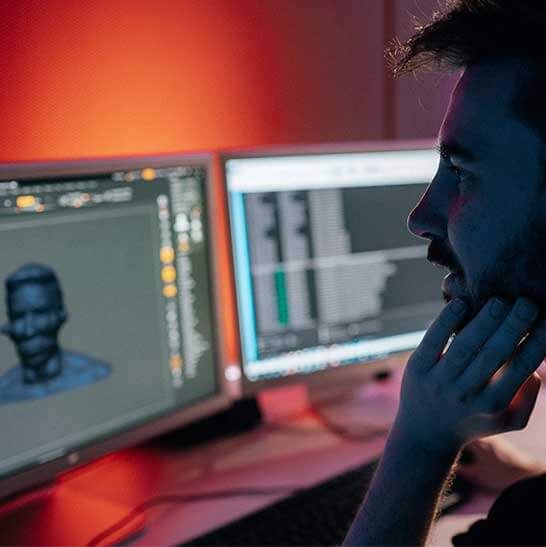
Career Outcomes
What jobs will this course lead me into?
3D Generalist
Character Artist
2D and/or 3D Animator
Media Industry Specialist
Motion Graphics Designer
Concept Artist
Storyboard Artist
3D Asset Modeller
3D Character Modeller
Junior Rigging TD
Surfacing Artist
Junior Lighting TD
Production Coordinator
3D Asset Modeller
Junior Assembly & Layout Artist
What our students say about SAE
SAE Associate Degree of Animation offers:
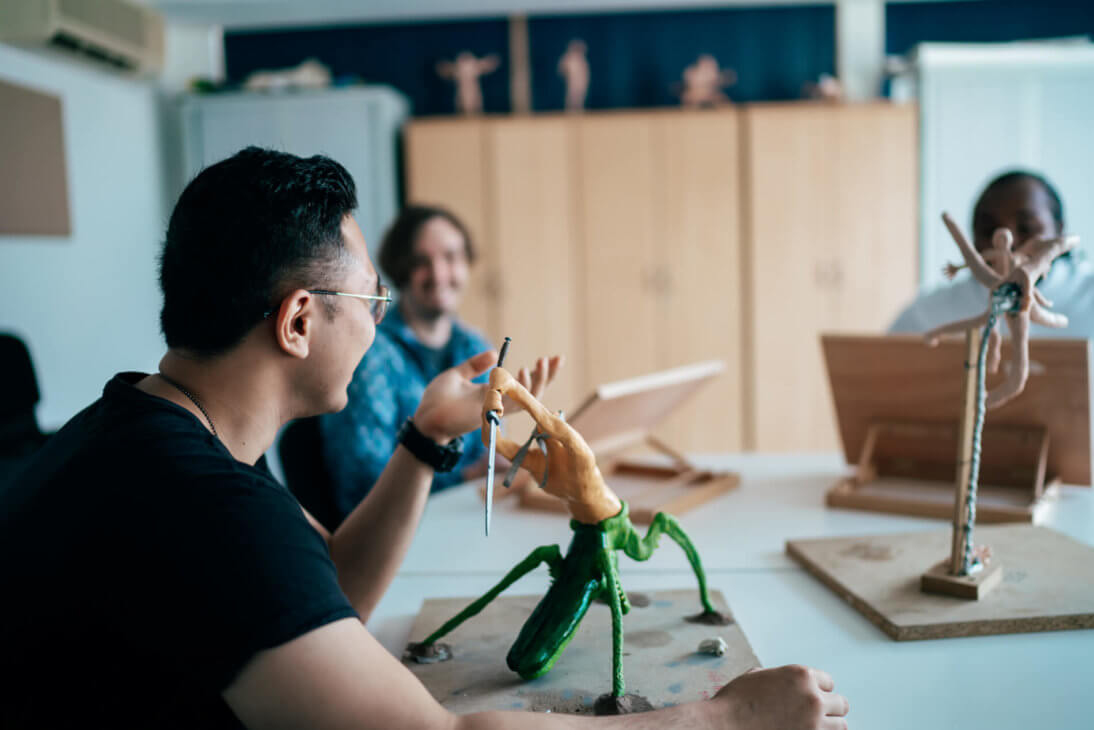
YOUR CAREER IN ANIMATION BEGINS NOW
TOOLS & SOFTWARE
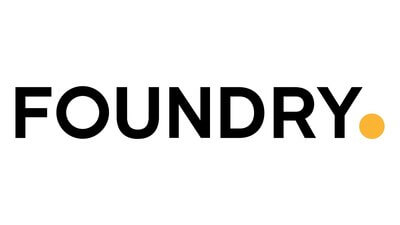
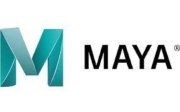



YOU WILL LEARN:
Course Structure
The Associate Degree of Animation has two stages that provide foundational learning and applied skill.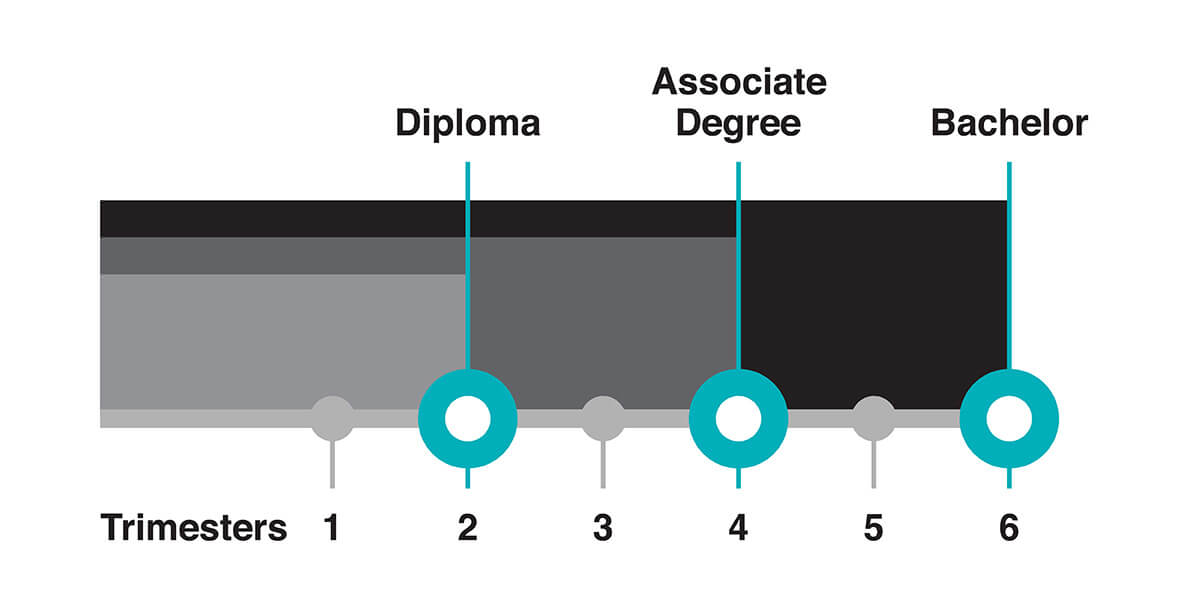
Develop your reflective, critical and analytical skills and abilities through an enhanced awareness and understanding of the purpose of tertiary education from a personal, societal and professional perspective. In class activities are used to prepare you with the skills and confidence to engage with a range of scholarly frameworks that you will encounter throughout your studies. You will explore the animation discipline through a team presentation, where you will develop group working, thinking and learning skills.
As a practice, drawing provides a core skill set for the expression of both concept and form. This unit introduces you to the concepts and methodologies of drawing using a variety of media with an emphasis on drawing from life, including anatomical studies and perspective techniques for environment and character construction.
The unit is an introduction to the general practice of drawing and rendering and specifically helps to scaffold further learning through support for developing sketch-based visual production skills & knowledge.
Take a practical first look at modeling, lighting, shading, animation, and rendering to gain a holistic, foundational understanding of computer graphics.
This unit will involve using industry-standard software such as Autodesk 3Ds Max, Maya, and Blender. The practical and theoretical knowledge of 3D production pipelines acquired in this unit will act as a foundation for successive animation units.
As the name suggests this unit provides you with an introduction to animation. You will apply the theoretical underpinnings of animation processes via a range of practical explorations and critical analyses. This will provide you with a solid understanding of animation principles and methods that will form the foundation of successive animation units.
This unit explores the concepts of entrepreneurship, innovation and project design. You will develop approaches to identify promising opportunities and actionable strategies to transform them into tangible successes. Through exposure to developing new ideas, processes and ways of working - both individually and in entrepreneurial teams - you will hone skills to put creative ideas into practice and achieve real-world impact.
As Alan Kay explained, "The best way to predict the future is to create it", so let's get at it!
In this unit, you will apply and build upon the foundational animation and computer graphics skills and knowledge that you have learned, to advance your skills via some in-depth, practical activities of 2D/3D character modeling and applied animation techniques.
By undertaking a series of iterative tasks, your static models will become talking moving characters and you will develop the skills and knowledge required to showcase them effectively.
ANI175 "Cinematography Previs and Animatics" unit is designed to provide students with a comprehensive understanding of visual storytelling and composition principles and the practical skills to communicate intended narratives effectively through pre-production materials. Students will learn to utilise industry-standard pre-production software tools to create previsualization sequences, enabling them to simulate camera movements, pacing, and shot composition. Through hands-on exercises and project work, students will develop the necessary expertise to produce high-quality previs and animatics, essential elements in modern filmmaking and animation pipelines.
You will be introduced to the theory and principles of storytelling across a range of contemporary creative media contexts, which will then be applied to the creation of storytelling documents appropriate to your discipline. Theoretical approaches to plot, structure, character, story world, theme and genre will be explored and applied to a range of story development tools to engage your audience. Feedback processes and reflection are essential in the development of engaging stories, and you are expected to document your process and feedback from your facilitator and peers.
In CIM210 you will be working on interdisciplinary projects that relate to some of the most important concepts in contemporary media production. You will learn practical and analytical skills in order to help you develop your creative powers and meet briefs that take you out of your comfort zone. You will need to bring all of the skills you have learned so far: technical skills, research skills, communication skills and a growth mindset, and be prepared to encounter new concepts and new ways of working.
Media and culture are not simply entertainment, but something that affects the “real world”, our everyday lives, and our worldviews. As such, we will not ask whether media accurately reflect the real world but instead ask how media shape, reinforce, and challenge power structures that influence our understanding of the world and ourselves. This unit takes a ‘critical theory’ approach to analyze media and culture. In this unit, you will explore media texts, contexts and meaning, society and subjectivity, pop culture aesthetics, and critical cultural discourses that inform creative media practices.
Drawing on a range of creative content and analytical frameworks, you will be encouraged to develop ways of thinking about media and culture that demonstrate a broad awareness of aesthetic principles and stylistic trends; subjectivity, agency, ethics, and relations of power; contexts, disciplines and discursive formations. In support of this exploration, you will produce a range of media artifacts that explore and contextualize the relationship of media to culture through individual analysis, collaborative and interdisciplinary creative practice, and critical reflection.
In this studio unit, your facilitator will lead you through a series of project briefs. You will work in collaboration with your peers to develop several project milestones within a simulated studio environment. Your Facilitator will act as your project manager, executive producer, mentor and colleague. The emphasis in this module is on the further development of your fundamental animation production skills including conceptualising, planning and executing rapid animation productions and short films. Working to a clear timeline, you will explore a range of skills and workflows in collaborative, cross-discipline and individual work practices. This includes a focus on the creative, technical and project management aspects required to complete animation productions. Teamwork, collaborative skills and engagement with specific feedback processes are emphasised in this module, as you further refine and reflect on the related Transferable Skills for this module.
ANI217 Cinematic Animation explores advanced character animation techniques for linear narratives. The focus is on bringing characters to life and clearly communicating a story through body language, dialogue animation, facial expression and shot composition. By combining acting theory with animation principles, students develop the skills necessary to create compelling and expressive character performances, enhancing their ability to breathe life into animated narratives with authenticity and depth. Students will apply their previously acquired knowledge alongside newly acquired skills to create a completed cinematic animation production, solidifying their proficiency in the art of cinematic storytelling through animation.
ANI218 Game Animation focuses on the creation and integration of both 2D and 3D animation for games and other interactive applications. Covering topics such as player locomotion, responsive gameplay animation, animation cycles and technical animation, students gain practical skills essential for crafting immersive gaming experiences. Through hands-on projects and theoretical exploration, students develop proficiency in animating characters to enhance player engagement and gameplay dynamics, preparing them for success in the field of game animation.
ANI215 Technical Animation and Rigging
ANI215 Technical Animation and Rigging is a practical course designed to develop or extend skills in rigging and animation. You will encounter a range of concepts and strategies related to the production of functional and user friendly rigs, utilising different approaches to develop projects in response to various scenarios. Through short exercises and guided instruction, you will gain an introductory understanding of rigging and animation concepts, focusing on problem-solving and adapting to specific animation needs.
Following an industry model, students will be tasked with rigging pre-existing meshes to conform to designated animation standards. The course underscores the significance of grasping rigging fundamentals. Ultimately, the objective is for students to demonstrate their comprehension of rigging and technical animation principles by adeptly addressing varied project specifications, irrespective of the software utilised. Objectives and project requirements are not confined to any particular software platform.
ANI219 Concept Art
In ANI219 Concept Art, you will learn about the practice of visual storytelling. Your goal as a concept artist, is to express an idea with clarity and detail enough to engage the audience to want to know more about the world depicted. As much as concept art is about imagination and creation, it is also a discipline focusing on iteration and efficiency. In this unit, you will gain a fundamental understanding of the production and implementation of concept art into the pipeline of many different productions. You will learn about illustration and the creative and technical production of digital images. Working by hand and digitally you will explore a range of drawing techniques and tools including processes of iteration and refinement.
For information on tuition fees visit the Fee Schedule section of the website.
Have a question and don’t know where to start?
Fill in the General Contact form and a representative will be in touch soon.
You will use a variety of industry standard and specialised software applications relevant to your study.
CREDIT AND RECOGNITION OF PRIOR LEARNING
SAE may recognise your prior learning and may grant credit towards satisfying the requirements for a higher-level program. This is applied where previous learning is considered equivalent to the content and learning outcomes prescribed for units within the program.
For full details, please refer to SAE's policy on recognition of prior learning and credit transfers.
